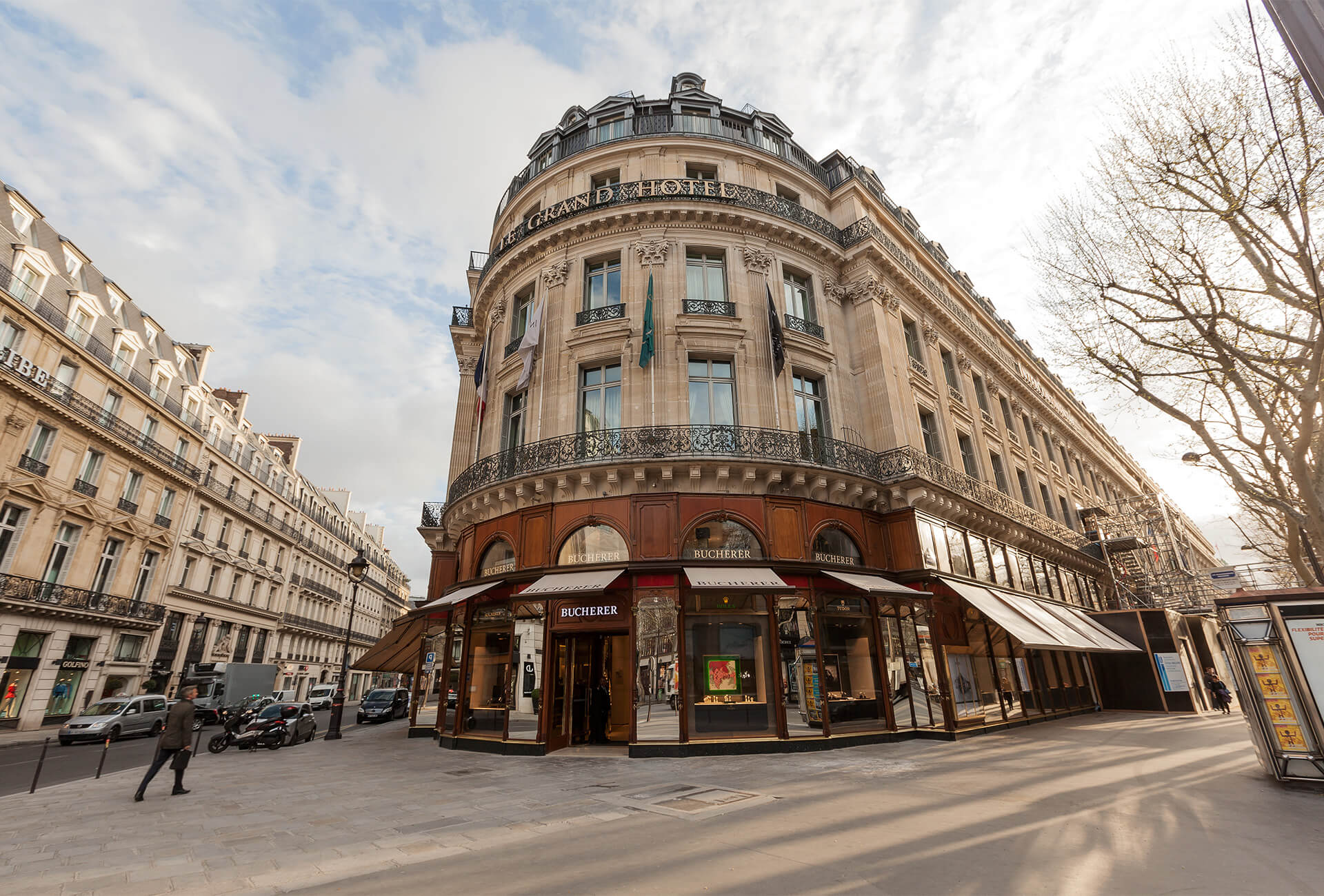In September 2018, when all eyes were focused on Baselworld and its fast-diminishing exhibitor pool, a press release landed in our inbox reminding us that Salon International de la Haute Horlogerie (SIHH) wasn’t immune to setbacks either. In the release, both Richard Mille and Audemars Piguet declared their intention to quit the Geneva fair, thus exposing a growing phenomenon within the Swiss watch industry: that brands are pulling out of Baselworld can be considered a form of protest; the two luxury houses’ departure from SIHH is part of a game-changing policy to move away from retail partners and other intermediaries to sell directly to consumers.
We want to become the first major watch brand to completely withdraw from multi-brand stores.
88% of sales through third parties
In an interview to WatchPro shortly after the 29th SIHH, Chief Executive François-Henry Bennahmias confirmed his intention to make Audemars Piguet the first major watch brand to completely pull out of multibrand stores, setting a timeframe of five years and possibly less. This transition, which began around a decade ago with the opening of the first monobrand stores, is confirmed by a Morgan Stanley report titled Swiss Watches: Polarization Accelerates, published in March this year, in which the American investment bank describes the shift towards direct-to-consumer as “a key industry trend.”
Historically, certain brands have always maintained their own distribution networks – over 130 boutiques in the case of Van Cleef & Arpels – but they are the exception rather than the rule. The vast majority of the 400-some Swiss watch brands rely on a global network of multibrand retailers. Morgan Stanley calculates that 88% of the industry’s sales comes from third-party vendors (wholesale) compared with 8% from own-name stores (retail). The remaining 4% is down to online sales.
The benefits for brands
This traditional model has nothing to do with the size of the company or its price positioning. While a large proportion of watch brands have no other strategic option, for certain heavy-hitters it’s a conscious decision. The examples most often cited are Rolex and Patek Philippe, which make 99% and 97% respectively of their revenue from wholesale, according to Morgan Stanley. While Rolex does have its name above certain doors, it doesn’t own these stores. Rather they are the result of partnerships, such as the one signed with Bucherer in 1924 – Rolex’s oldest commercial agreement.
Access to customer data is the main reason a brand decides to “go retail”. Capturing mark-up is another motivation, followed by improvements to customer experience, service and staff training. It’s a distribution model that started in the 2010s and is slated to continue, says Morgan Stanley. It expects monobrand stores’ share of the distribution channel mix to increase to 18% (+10 percentage points) by 2028, while that of multibrand stores will shrink to 45% (-43 percentage points). “We expect the move to direct-to-consumer to be highly beneficial to the main watch brands in the long term,” notes the bank. “However, in the short to medium term (3 to 5 years), it could leave them in a position where they are forced to buy some of the third party retailers’ excess inventory, clogging the supply chain further and negatively impacting cashflow.”
Retailers under pressure
Bulgari is another brand making a case for direct-to-consumer. Speaking in January in Geneva, Chief Executive Jean-Christophe Babin said the brand was to cut the number of its multibrand retailers from 600 to 300. Plans also include a new concept of sales in Bulgari Hotels (of which there are currently six, increasing to nine by 2022). During a presentation at SIHH, François-Henry Bennahmias declared that Audemars Piguet was already making half its sales in monobrand stores.
One consequence of this sea change is that the retail world will have to reinvent itself. In a column published in Swiss daily Le Temps in January 2019, Vontobel analyst René Weber predicts that smaller retailers will either cease business or be taken over by larger companies. The first wave of major acquisitions came in 2017, when London-based The Watch Gallery was taken over by Swiss giant Bucherer, and Mayors Jewelers, a US company, was sold to the UK holding Aurum (now the publicly-listed Watches of Switzerland Group). Consolidation stepped up pace in 2018 when Bucherer acquired Tourneau, America’s largest watch retailer. Now with 104 stores worldwide, including a megastore in Paris, the Swiss group is the number-one watch retailer in the world, ahead of Hengdeli China, Watches of Switzerland Group, The Hour Glass, Signet Jewelers or Wempe, all multinationals.













